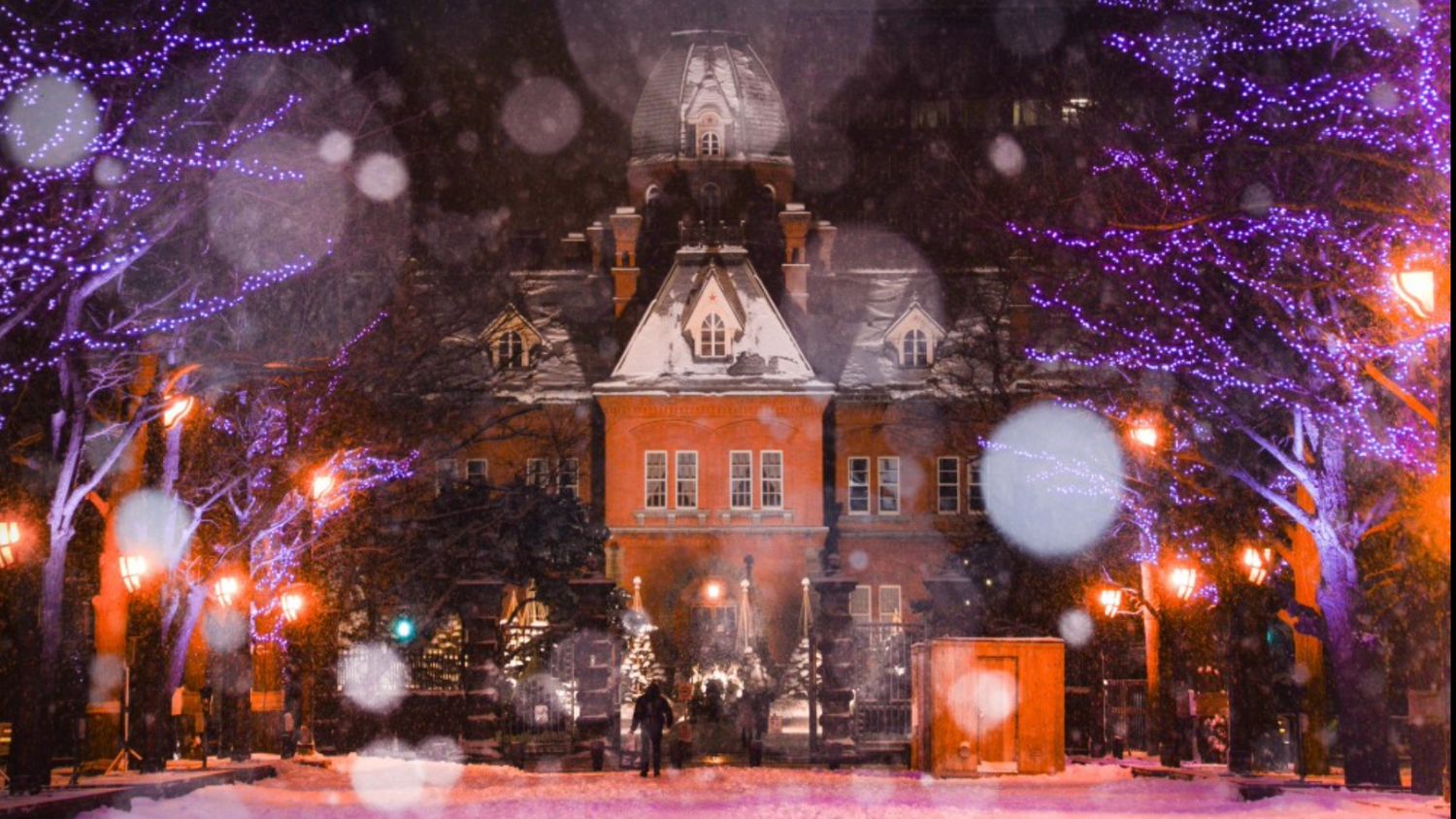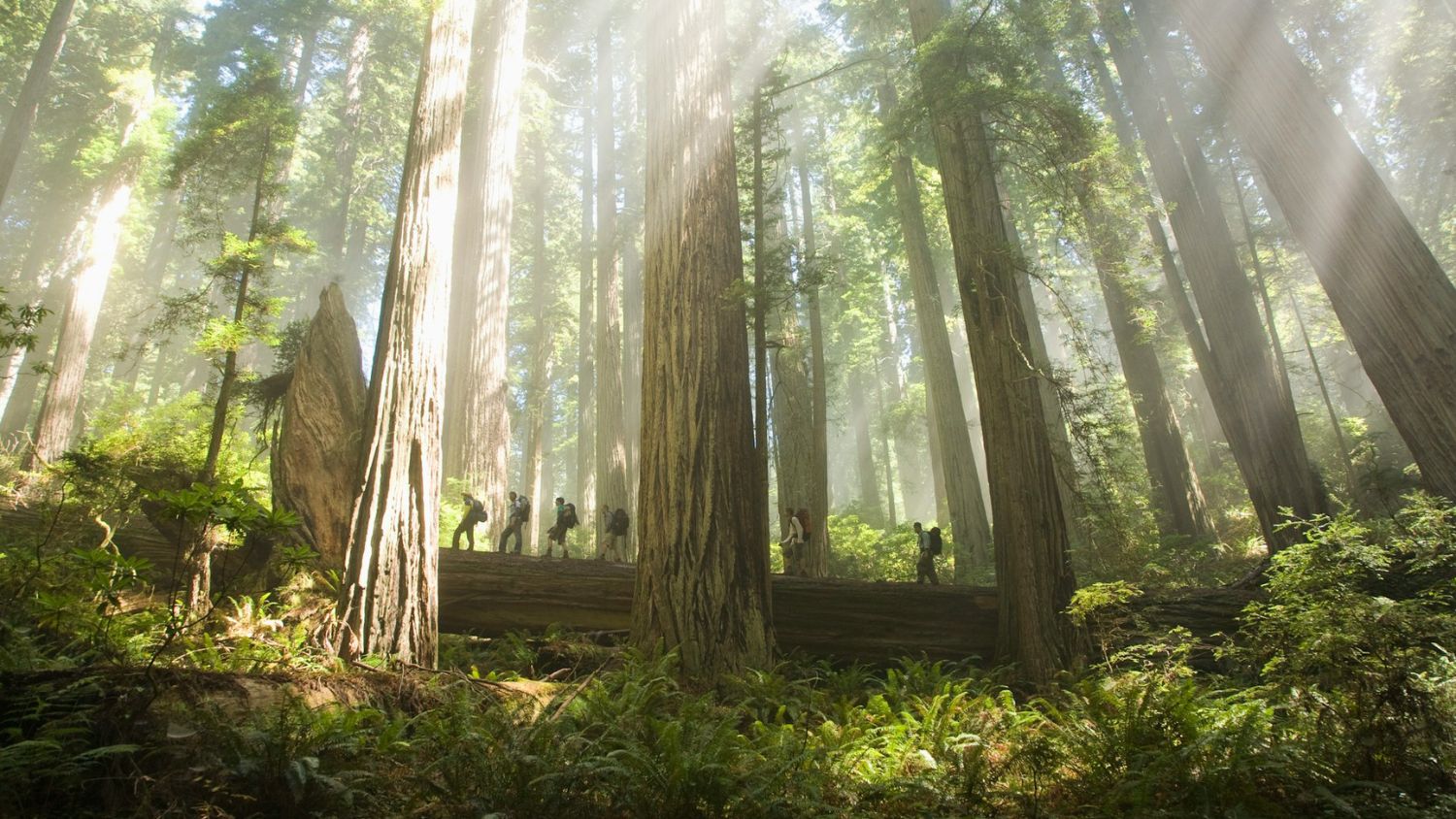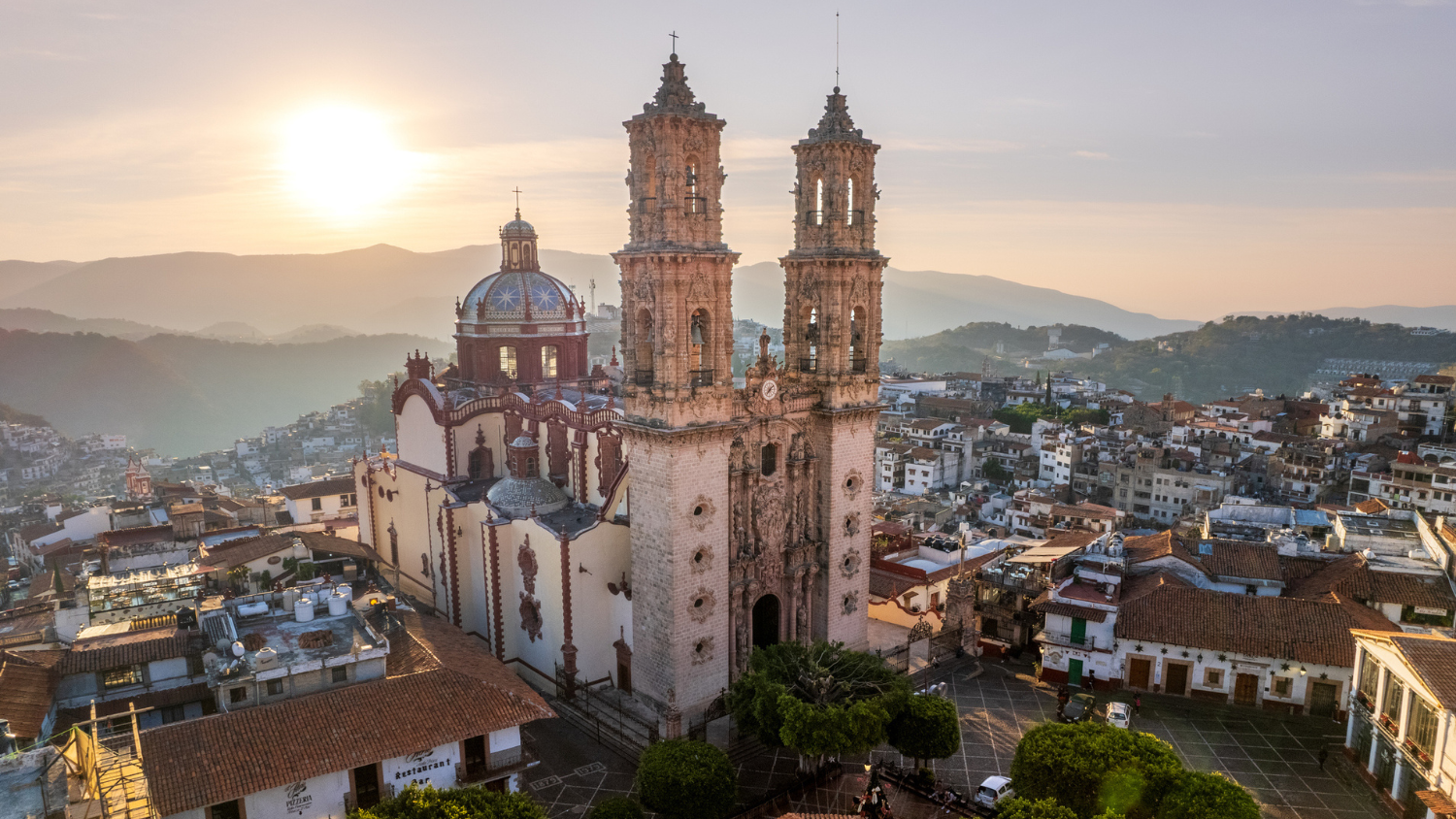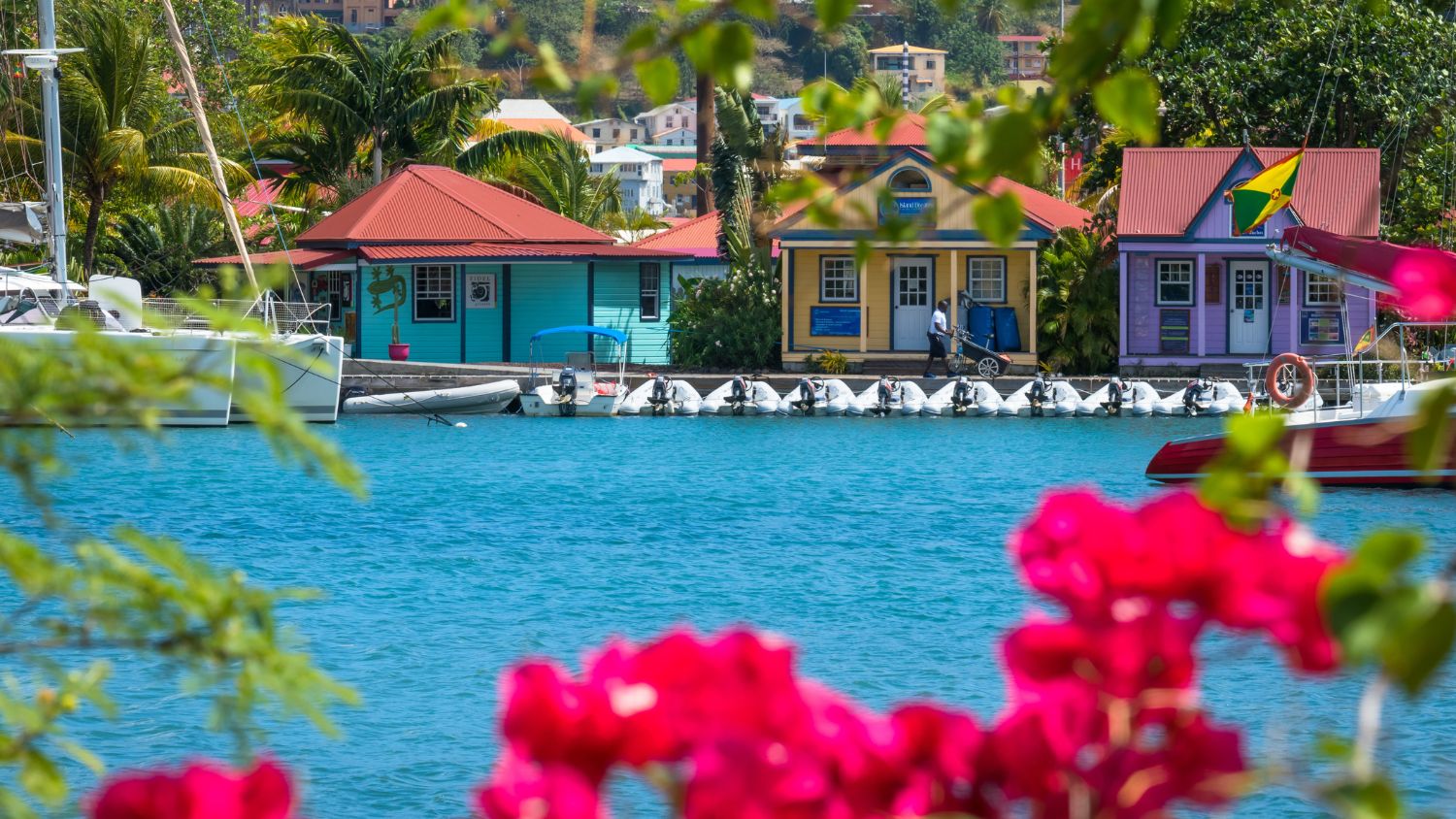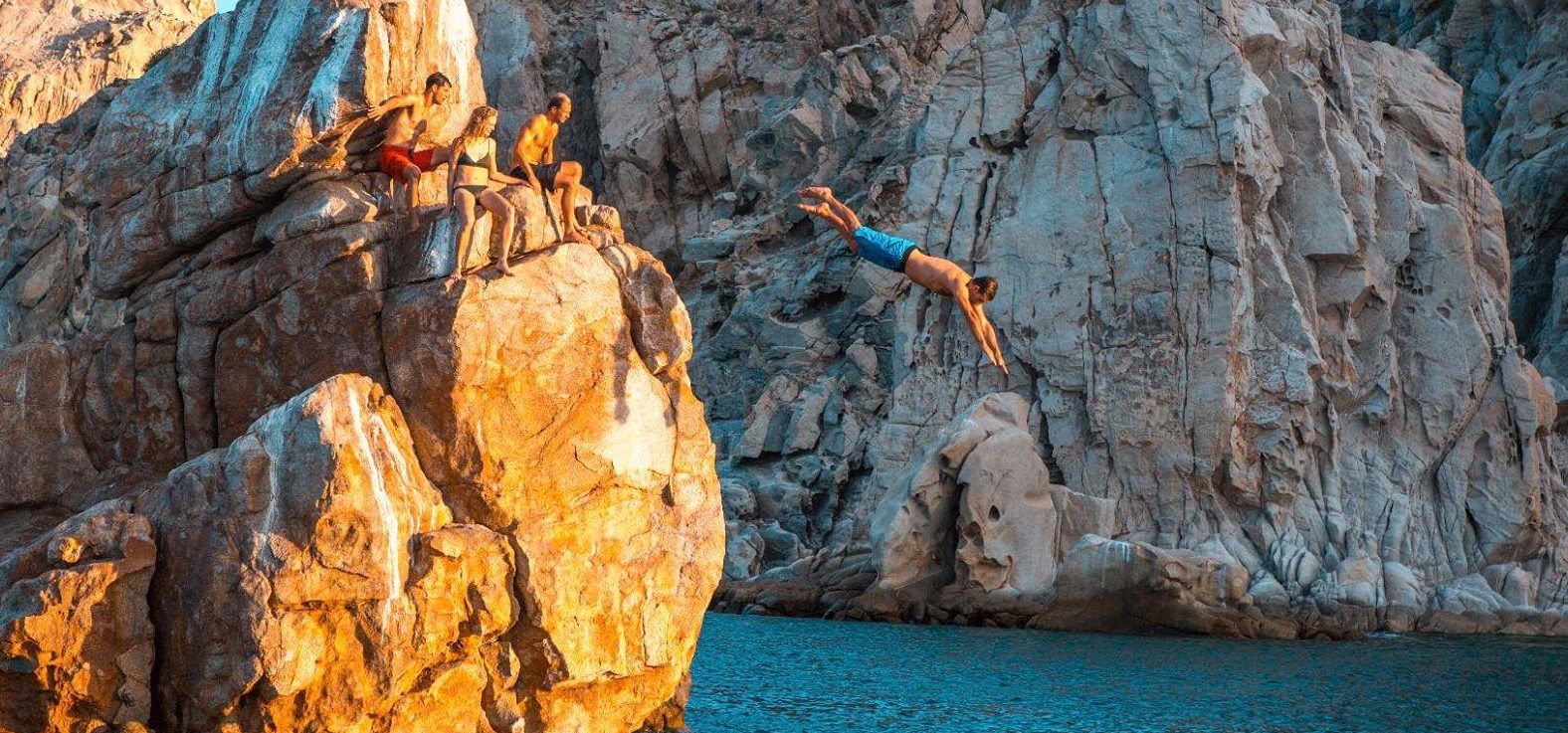The steam rising from my bowl of ramen, an umami mix of crinkly wheat noodles and miso stock dotted with corn, bamboo and pats of butter, warms my face, rosy and glowing from an exhilarating morning carving down the famous ‘JaPow’ slopes of Rusutsu ski resort on Hokkaido, Japan’s northernmost island. Between slurps, I sigh in a way that translates wordlessly of my state of complete and utter bliss.
Lorenzo Manzotti, my young Italian ski guide, is grinning underneath his moustache. “It’s pretty great, isn’t it?” he says, tucking into a massive plate of omurice, a hearty Japanese dish of omelet rice with gravy.
The family-friendly ski resort (which accepts the same Epic Pass as Canada’s Whistler Blackcomb) is just a 1.5-hour free bus ride from downtown Sapporo, Hokkaido’s capital city, a metropolis that knows a thing or two about embracing the winter season, both on and off the slopes.
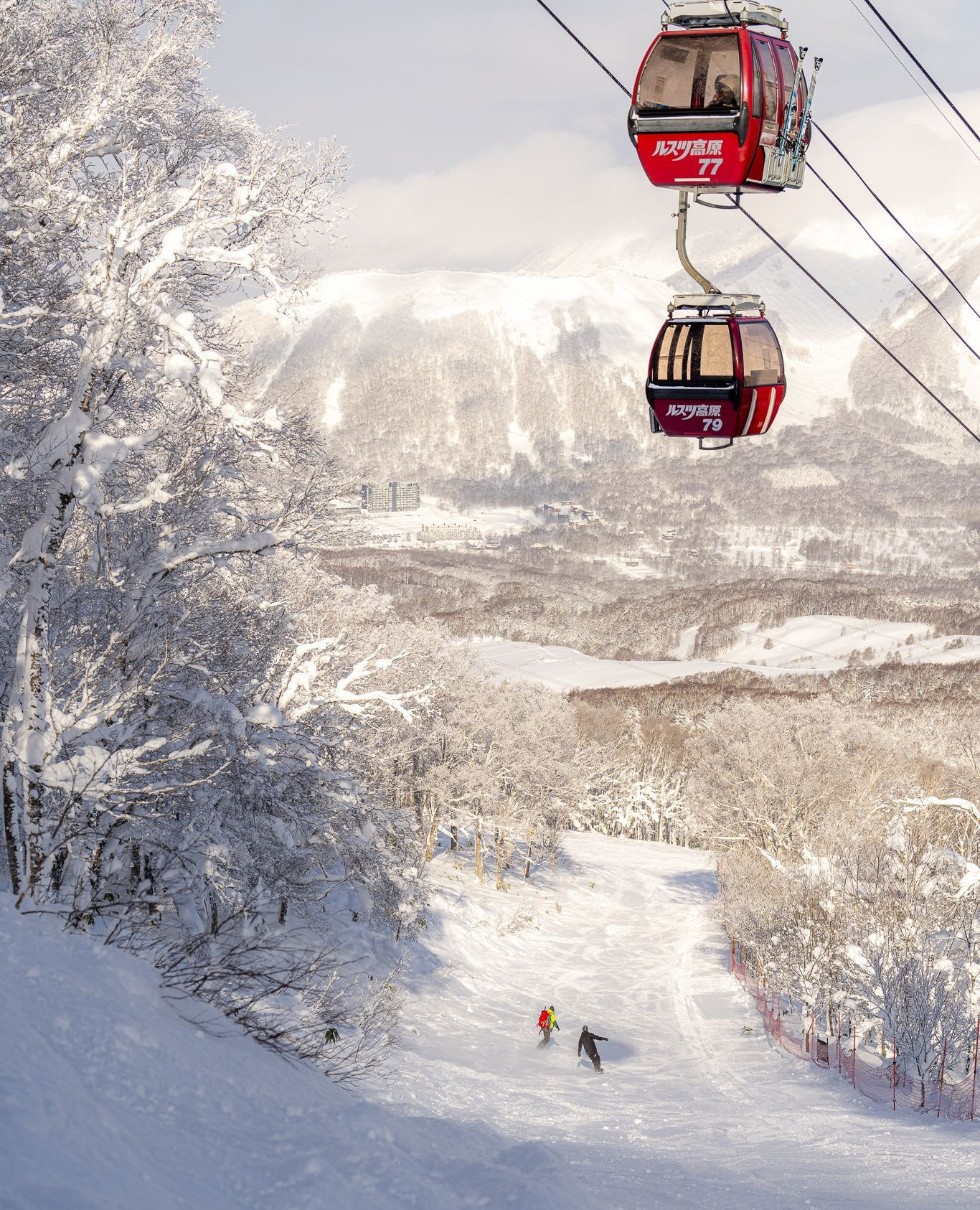
The Westin Rusutsu resort. Photo: @rusutsuresort_official
Hokkaido is famous for the metres and mountains of dry powder snow that have made it a magnet for winter sports enthusiasts from around the world. Sapporo’s northern climate (the city receives an average annual snowfall of 485 cm) makes up a large part of its international identity – it was the first Asian city to host the Winter Olympics in 1972.
As a classic winter city, Sapporo has perfected ways for residents and visitors to keep warm beyond the slopes, including via underground walkways and malls connecting the downtown core and popular Susukino entertainment district to the city’s bustling transit hub, Sapporo Station.
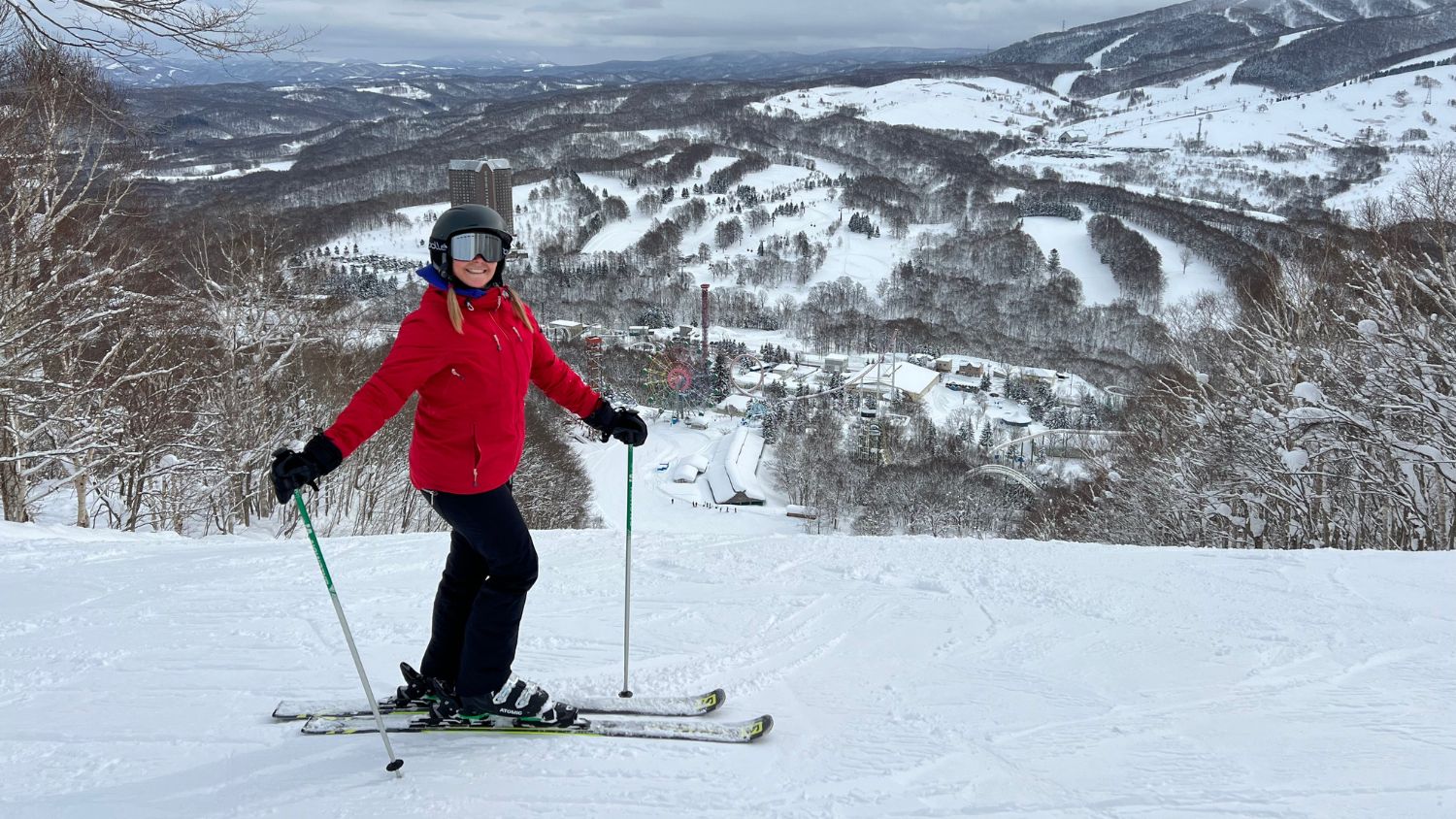
The author pauses mid-slope at Rusutsu Ski Resort, framed by Hokkaido’s breathtaking snow-covered landscape.
The best way to experience how citizens of Sapporo embrace what they can’t change can be found at the city’s annual Sapporo Snow Festival. Held every year in February and attended by millions of people from around the world, the Snow Festival is at its heart a pure celebration of winter, featuring professionally crafted snow and ice sculptures, all of which are beautifully illuminated at night.
The festival is celebrating its 75th anniversary over eight festive days from February 4-11, 2025. The main festival site is centred in downtown’s Odori Park, where crowds flock to see massive, intricately carved snow sculptures doubling as incredible feats of engineering – the largest measures up to 50 feet (15 metres) in height.
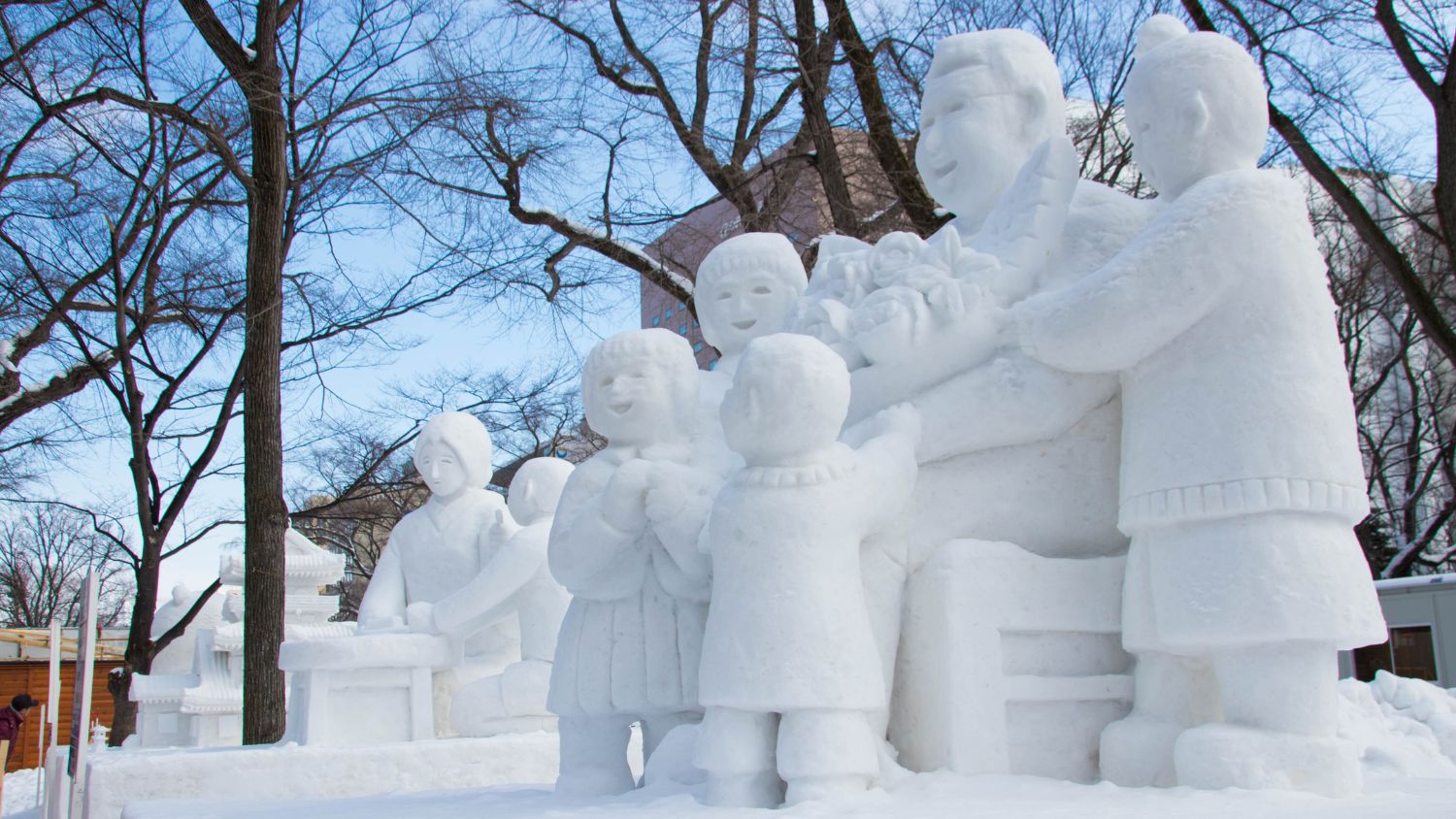
Intricate snow sculptures at the Sapporo Snow and Ice Festival, celebrating art and winter in Japan.
Dozens of small and medium-sized snow and ice sculptures are situated throughout Sapporo, as well as children’s snow tubing slides, miniature curling rinks and food trucks. After the sun sets around 5 pm, nightly illuminations brighten sculptures, trees and surrounding buildings.
After a day admiring the artistry of frozen water and exploring city pleasures, I find Sapporo has distinctly different ways to ward off winter’s chill – slurping and soaking, with a sweet treat finish.
Ramen warms the belly of city life. You can find the ubiquitous dish nearly everywhere, but those in the know make a beeline to Ganso Ramen Alley Yokocho. The alley’s narrow entrance leads to sliding doors of tiny ramen shops slinging servings of Sapporo-style ramen: a rich broth of red miso paste simmered for up to 10 hours. Other shops may use a base of pork, shellfish or chicken, and bowls are laden with toppings of your choice. Slurping is encouraged – this is one of the few places in Japan where it’s acceptable to make noise while you eat.
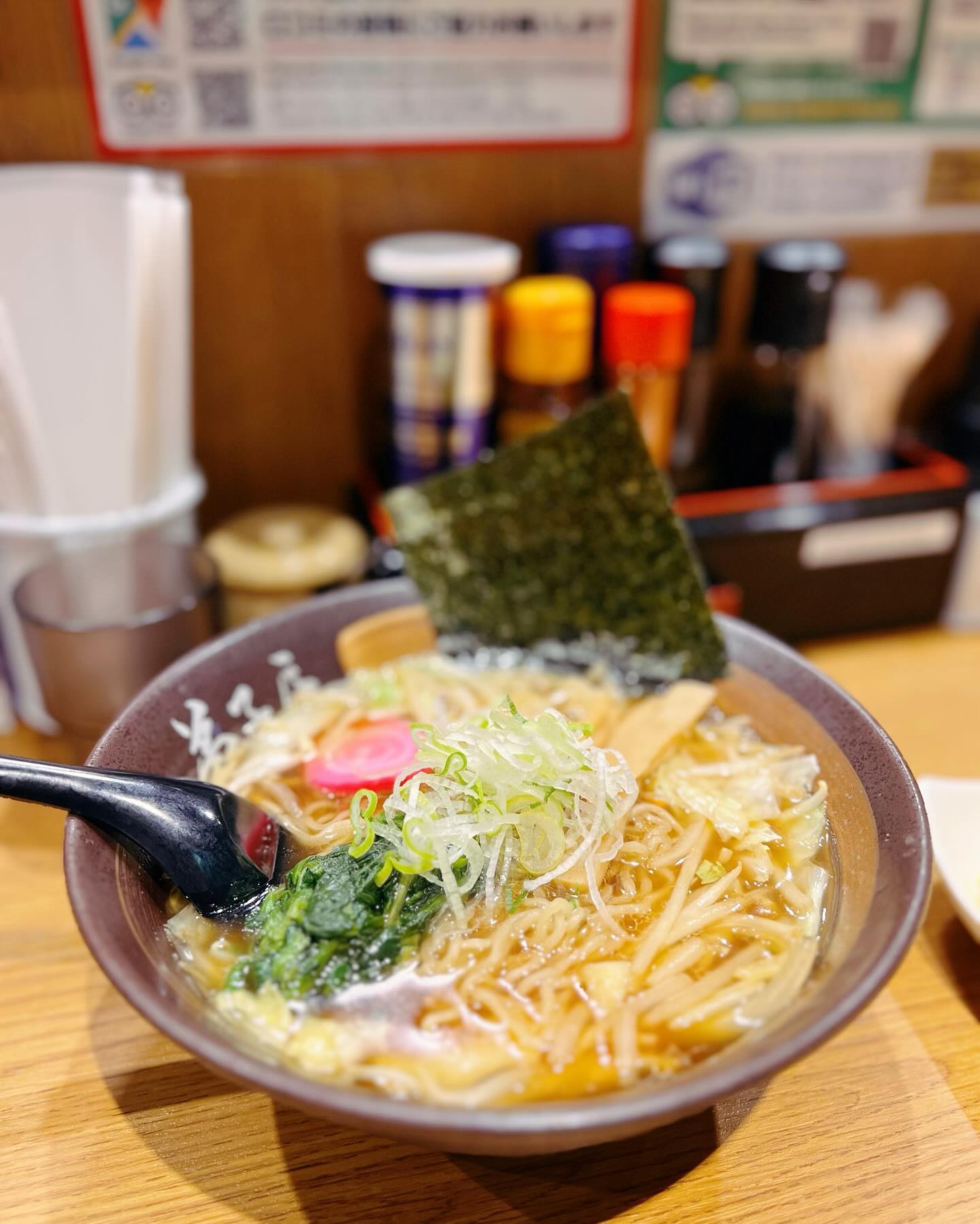
Vegetarian ramen at Sapporo’s Ramen Alley offers a variety of noodle styles in flavorful broths, including pork, seafood, shrimp, and even cheese-topped options. Photo: Claudia Laroy
For full body warmth and recovery, the tradition of soaking in a hot spring onsen cannot be missed. Even modest hotels in Sapporo have floors dedicated to his and her bathing facilities, but one of the finest and most historic is at the edge of city limits. Stripping off and stepping into the natural outdoor hot spring baths of Hoheikyo-Onsen for a soak as the snow falls gently around you is the best and prettiest prescription for beating the cold.
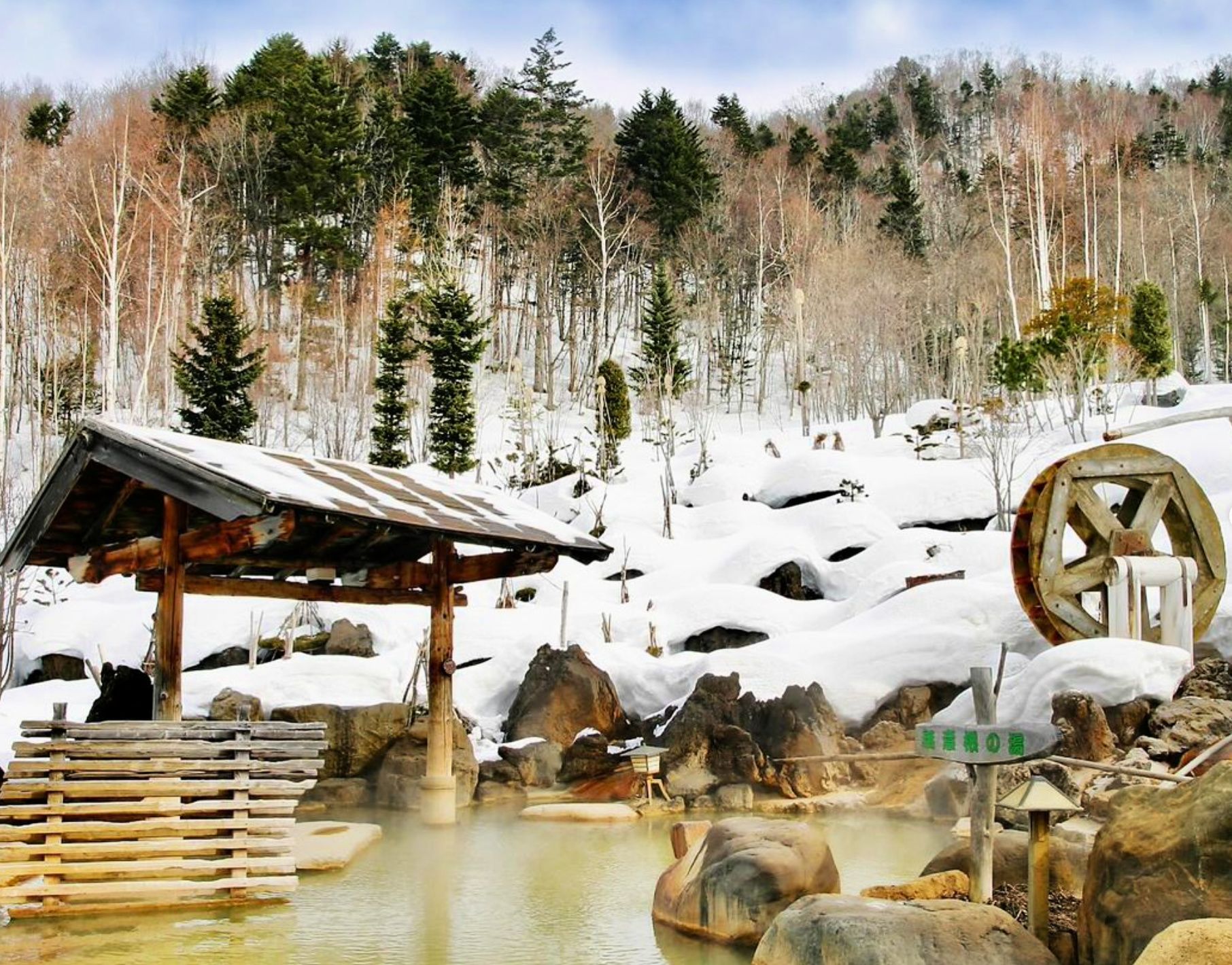
Hoheikyo Hot Spring
The island of Hokkaido is responsible for producing more than 50 per cent of Japan’s milk, and travellers will find dairy products and traditions unique to Sapporo. Sapporo’s nighttime culture is boisterous and centred on izakayas hidden in non-descript office buildings, soundproof rooms at giant karaoke chain Big Echo – and subterranean dessert haunts specializing in decadent dairy confections. One of the most delicious is a late night, French-inspired food ritual, the shime parfait. Fans wait in long lines at the subterranean Parfaiteria miL to enjoy this sophisticated and artful dessert. Its name translates to “conclusion,” and is a sweetly established part of Sapporo’s culinary culture. The frozen ice cream parfait combines a meticulous selection of ingredients to create photogenic concoctions that are as kawaii as they are delicious.
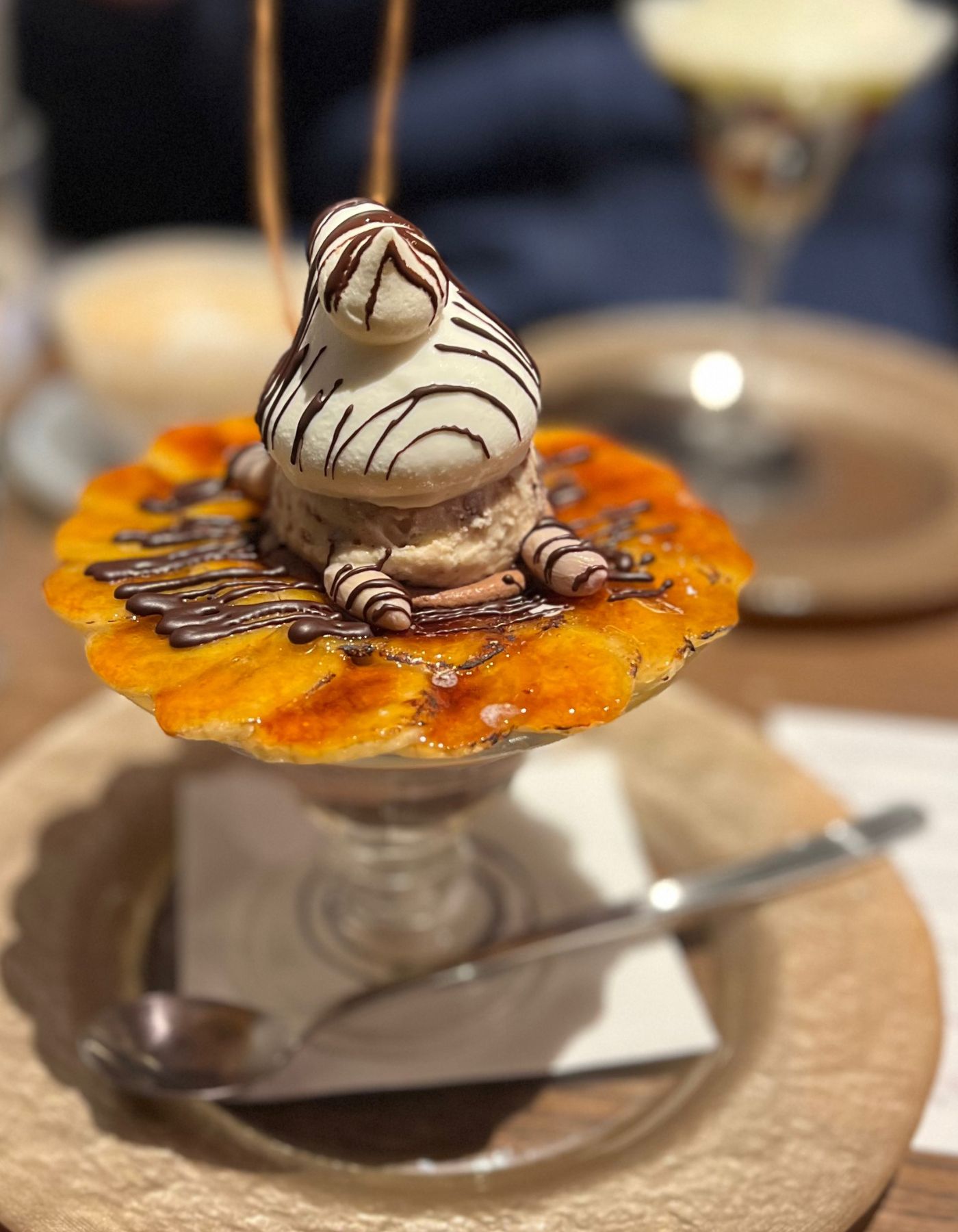
Tucking into my crystal glass of parfait, topped with a soft meringue version of my favourite Japanese bird, the shima enaga (snow fairy), I revel in a blissful state of kimochi – the joyful, happy feelings that warm my heart, even in the depths of a Sapporo winter. visit.sapporo.travel

